MISSION 31 SCIENTISTS
| The Mission 31 aquanaut scientists will trade mid-way through the mission. Currently Adam and Andy are in the habitat with Fabien and camera crew. Liz and I will switch with them on June 17th. I can't wait! While topside, I'm supporting the crew in any way necessary, including prepping experiments, and helping with surface dives and outreach. |
PREPPING RIGS FOR OCEAN RESEARCH
Topside I assembled cinder-block/float rigs for the environmental contamination study. In this research, we'll deploy and recover sensors that absorb and measure environmental contaminants, including PCBs, PAHs, and potentially even dispersants left from the BP oil spill. (A Mission 31 science overview is in post 5/24/14.) The rig set-up is basically a rope attached to a cinder block on one end, and a styrofoam sphere float on the other. The rope will carry sensors that look like thin clear film and must remain frozen until deployed. Early in the morning, I sent the prepared rigs (in a cooler) to the aquanauts to place on the reef.
| These are the prepped rigs and supplies I sent to Aquarius. The cooler contains the contamination sensors wrapped in foil. The foil and cold temperature keep the sensors free from other contaminants (that would mess up the study). The styrofoam spheres toward the back of the photo are the floats that pull the rope upward with the sensors. | |
Brian Helmuth and his team of graduate researchers from the Marine Science Research Center at Northeastern University arrived from beautiful Nahant outside of Boston (see blog post 4/30/14) and started a topside blog called, "View From the Surface." I like what Brian says in the blog about Mission 31 connecting people with the ocean:
| "The science we will be doing on this Mission will be cutting edge . . . But what excites me most is that Mission 31 may start to rekindle that lost connection to the sea, so that some day my daughters can look back and say, 'Wow, humans really came close to messing things up. But somehow we found our connection to nature just in time to turn things around.'" -- Brian Helmuth |
HABITAT HAPPENINGS: IN THE SEA
Can you imagine this being the view out of your living room window? Fabien tweeted these images on Day 1. Aquarius is definitely a "room" with an amazing view.
For a summary of the undersea research, one of the aquanaut scientists currently saturated, Adam Zedone, is keeping a blog at Zen1 for 31 about his and Andy's work and adventures. I've enjoyed learning more about their coral, grouper, and predator/prey research. In this video, Adam not only shares details about their experiments, but he also tells of an extended 3-hour excursion in which he caught a "nap" on the seafloor in his Kirby Morgan dive helmet and swam with fish he got to "know" (that seems like an amazing experience, getting to "know" sea life in their natural environment).
| |
HABITAT HAPPENINGS: INSIDE
Aquarius' air conditioning broke for awhile, so the temperature and humidity soared to 90 degrees F and 100%, respectively in the habitat. According to Adam, It felt like a hot steamy sauna. Mission control, however, was able to fix it within the day. The habitat fare on Aquarius will be freeze dried food. Fabien tweeted that his "sense of taste seemed dull or maybe food is." Why freeze dried food undersea? Because a cooktop or oven flame would be very dangerous given the increased oxygen levels in the air at that pressure. Andy has a video about this titled, "Science and Dinner." Want to see what's going on in and around Aquarius? You can view the mission -- anytime 24/7 (even now!) -- via the live feed to the habitat on the Mission 31 website. Try it!
SPECIAL GUESTS, LIVE FEED & LESSONS
What attracted me most to Mission 31, In addition to the scientific research, was the possibility of exciting hope and passion in people of all ages about our oceans. Students of all ages are Skyping daily with Mission 31 aquanauts to learn more about the ocean via M31 Skype-in-the-Classroom and various news outlets. In addition, almost every day we'll have VIP visitors who dive to the habitat and stay at the seafloor for about 45 minutes maximum to avoid having to decompress. One of the visitors that I helped topside, TV personality Katie Linendoll, wrote this CNN report from her visit.
| "The idea is to spark the interest of a population of people who haven't previously gotten excited about the ocean—and to change the way they think about the planet." -- Fabien Cousteau |
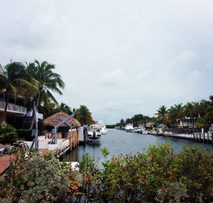
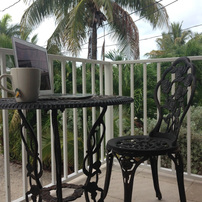
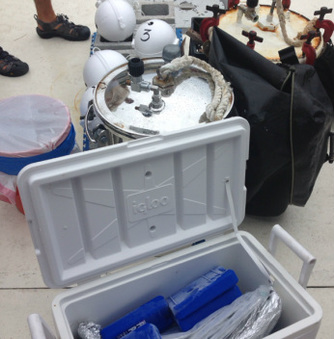
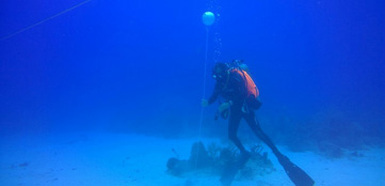
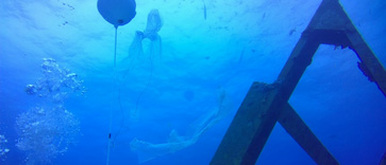
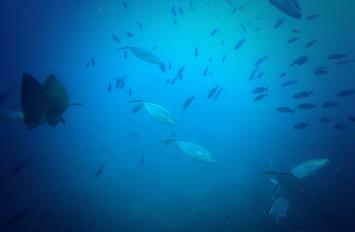
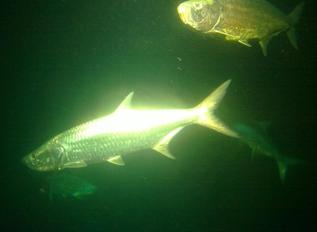
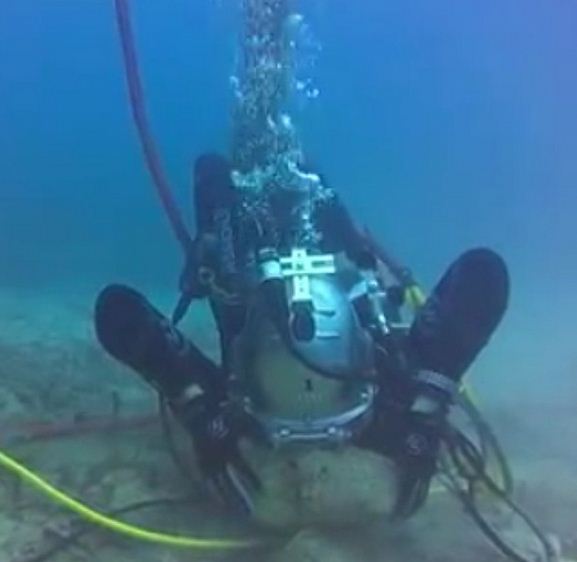
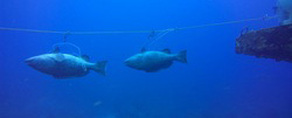
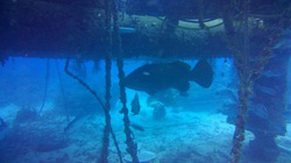
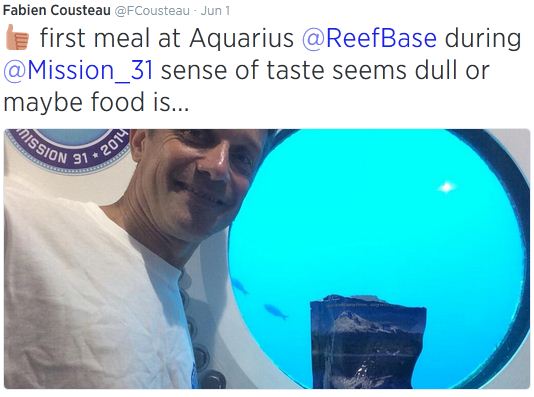
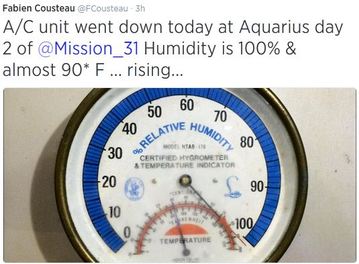
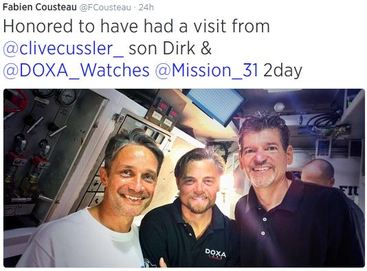
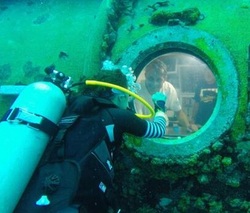



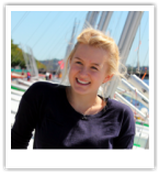
 RSS Feed
RSS Feed
